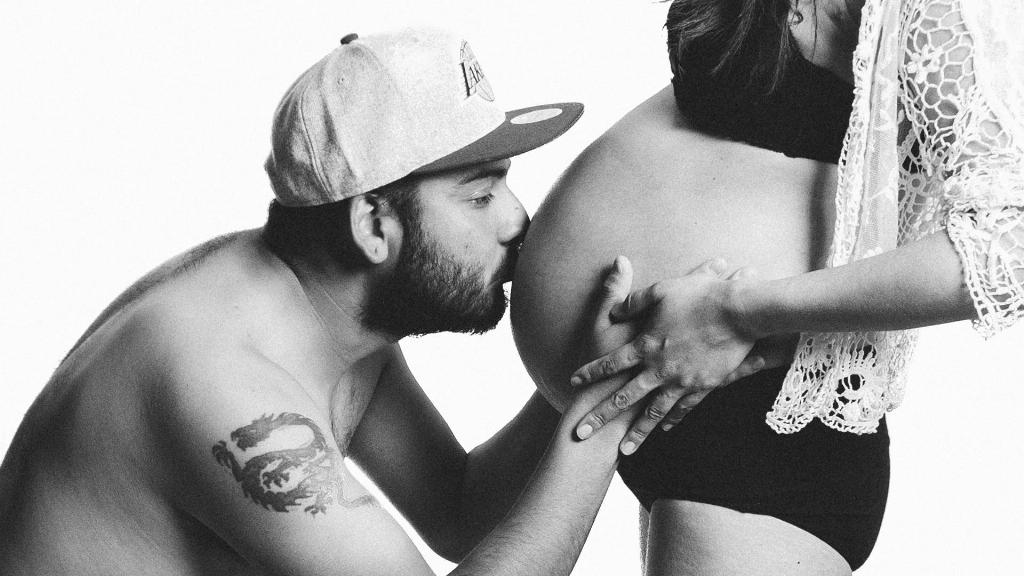During the miraculous journey of pregnancy, a woman experiences a myriad of physical changes as her body prepares for the arrival of her little one. One common discomfort that many women face during labor is back pain, particularly in the lower back region. This intense discomfort, known as back labor, is believed to be influenced by the position of the baby within the mother’s pelvis.
When a baby is in a posterior position, with the back of their head facing the mother’s spine and tailbone, it can exert pressure on these sensitive areas, leading to increased discomfort and pain during labor. The alignment and orientation of the baby within the pelvic cavity play a crucial role in determining the level of back pain experienced by the mother.
As the baby descends through the birth canal, the pressure exerted by their head against the mother’s spine can result in intense back labor, making the birthing process more challenging and uncomfortable. The positioning of the baby can significantly impact the mother’s labor experience, influencing the intensity and location of the pain she may feel.
Research suggests that women whose babies are in a posterior position are more likely to experience back pain during labor compared to those with babies in an optimal birthing position. The alignment of the baby’s head relative to the mother’s pelvis can determine the distribution of pressure and discomfort, highlighting the significance of fetal positioning in the experience of back labor.
It is essential for expectant mothers to be aware of the potential impact of the baby’s position on their labor experience and to work closely with healthcare providers to optimize fetal positioning. Techniques such as pelvic rocking, hands-and-knees exercises, and using a birthing ball can help encourage the baby to move into a more favorable position, potentially reducing the likelihood of intense back pain during labor.
While back labor can be a challenging aspect of the birthing process, understanding the connection between the baby’s position and back pain can empower women to take proactive steps to enhance their comfort and well-being during labor. By staying informed and exploring techniques to promote optimal fetal alignment, mothers can navigate the journey of childbirth with greater confidence and resilience.
In conclusion, the position of the baby within the mother’s pelvis can indeed cause back pain during labor, particularly when the baby is in a posterior position. This alignment places increased pressure on the mother’s spine and tailbone, resulting in intense back labor that can impact the overall birthing experience. By acknowledging the significance of fetal positioning and exploring strategies to encourage optimal alignment, expectant mothers can strive to minimize back pain and enhance their comfort during labor.

